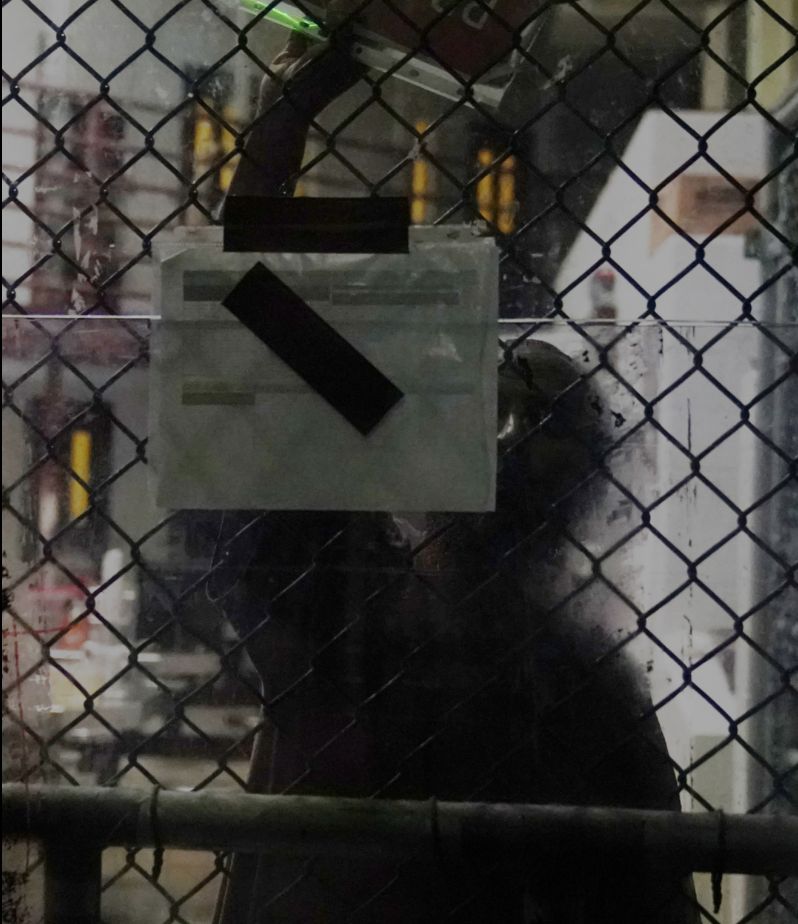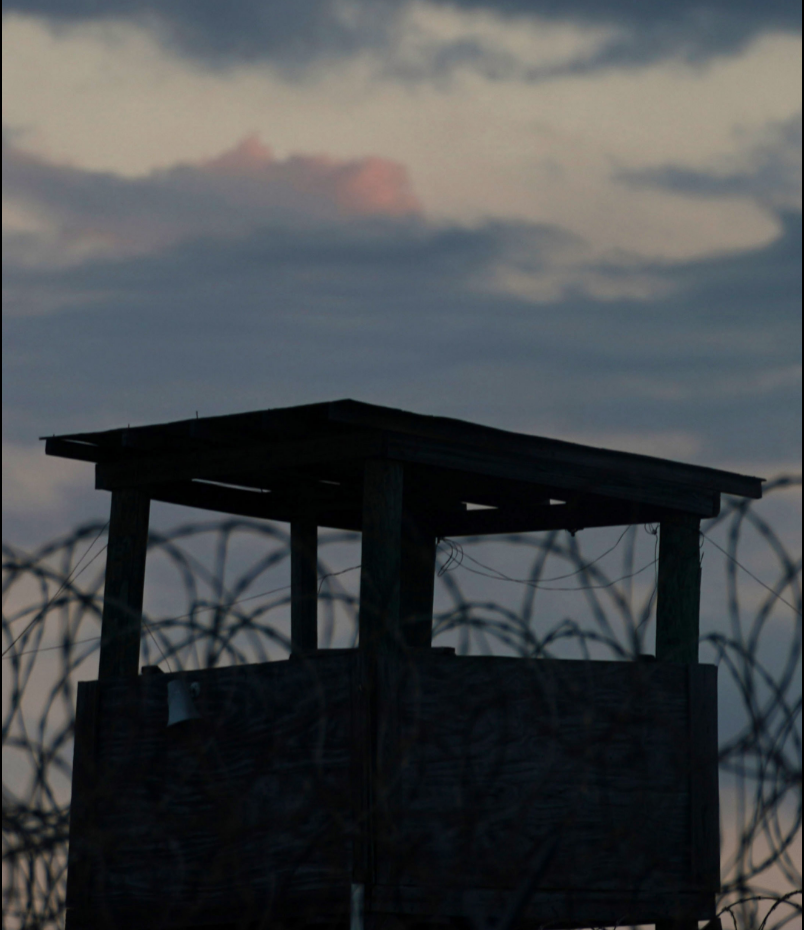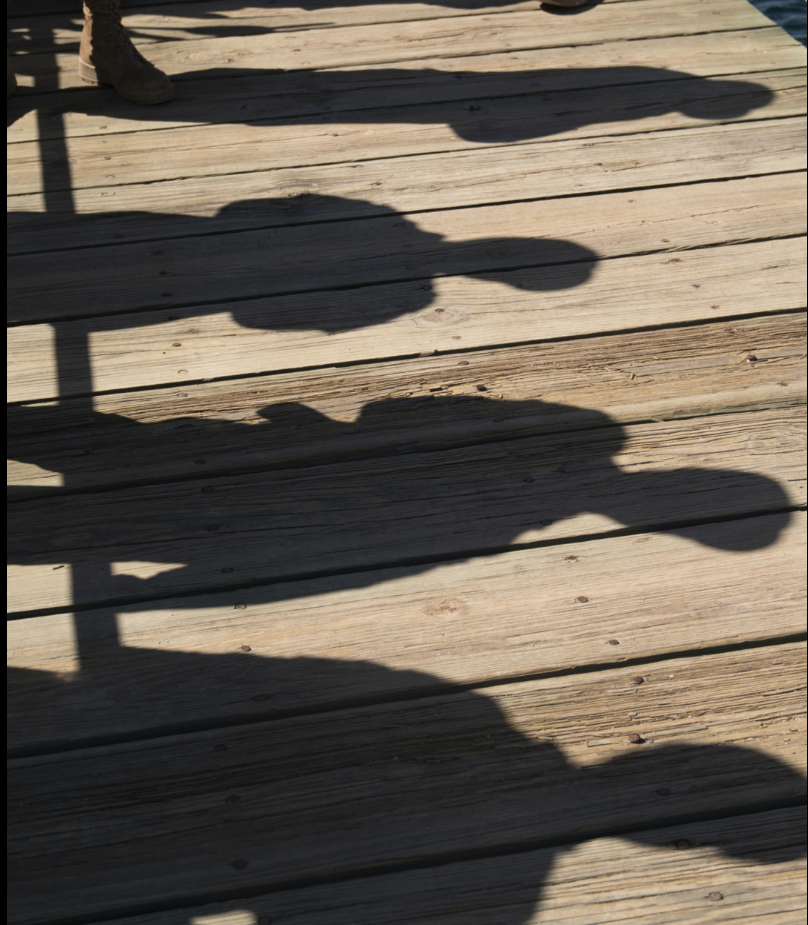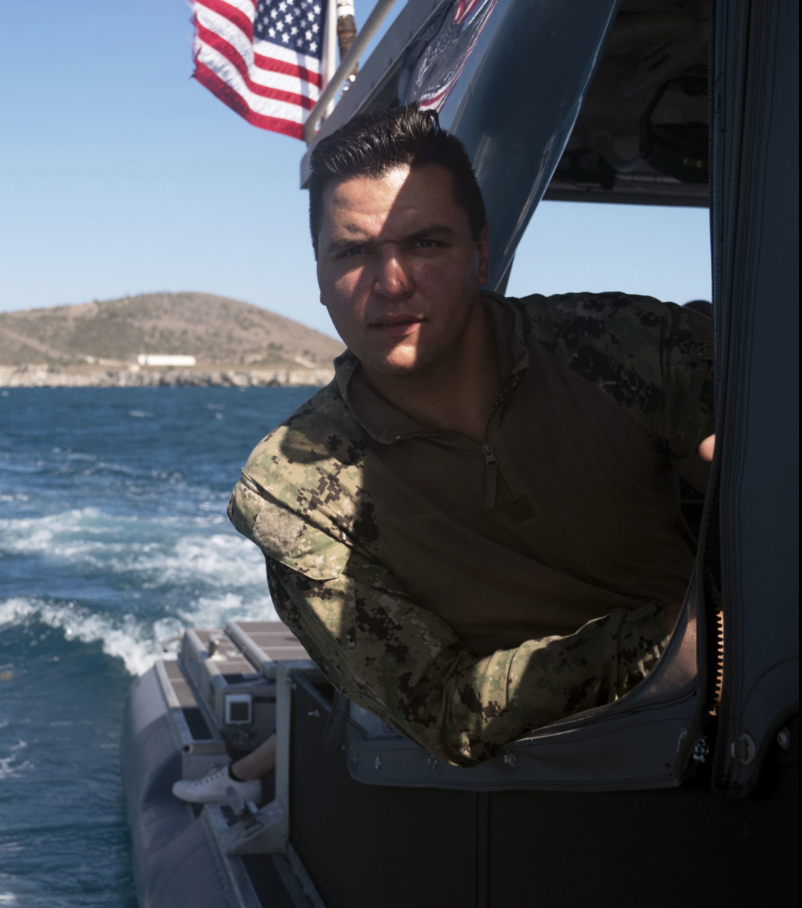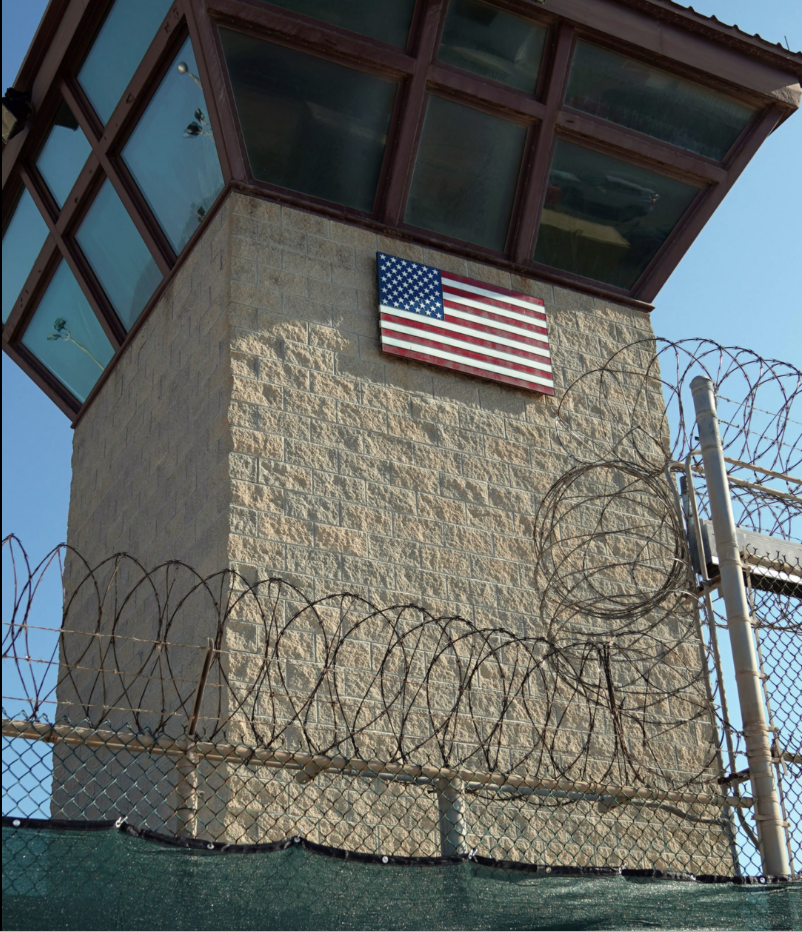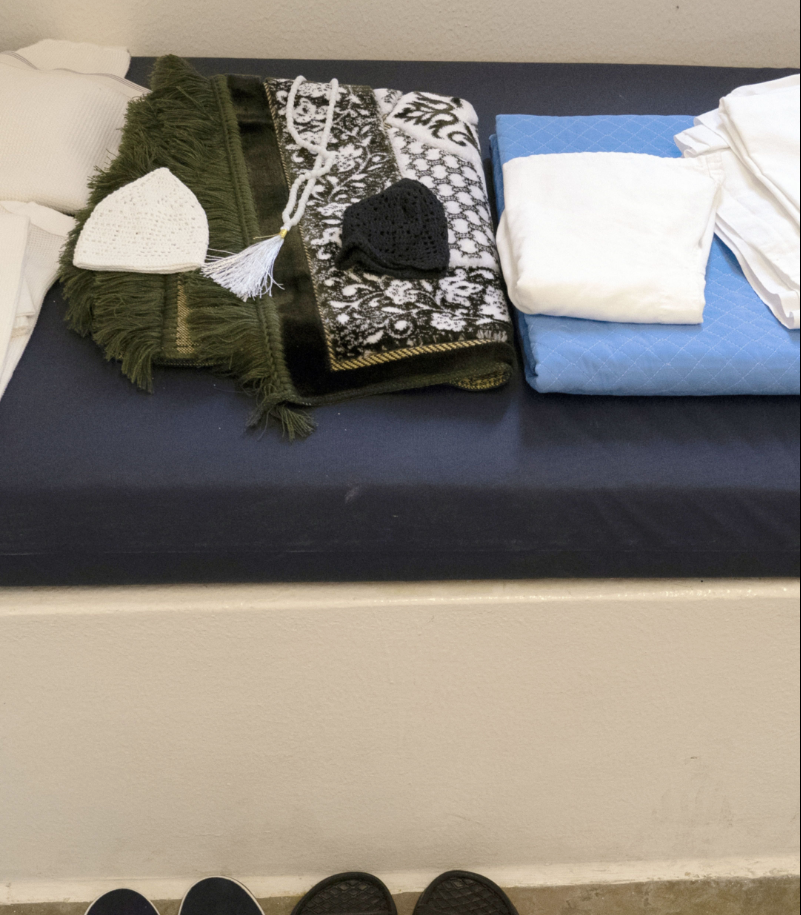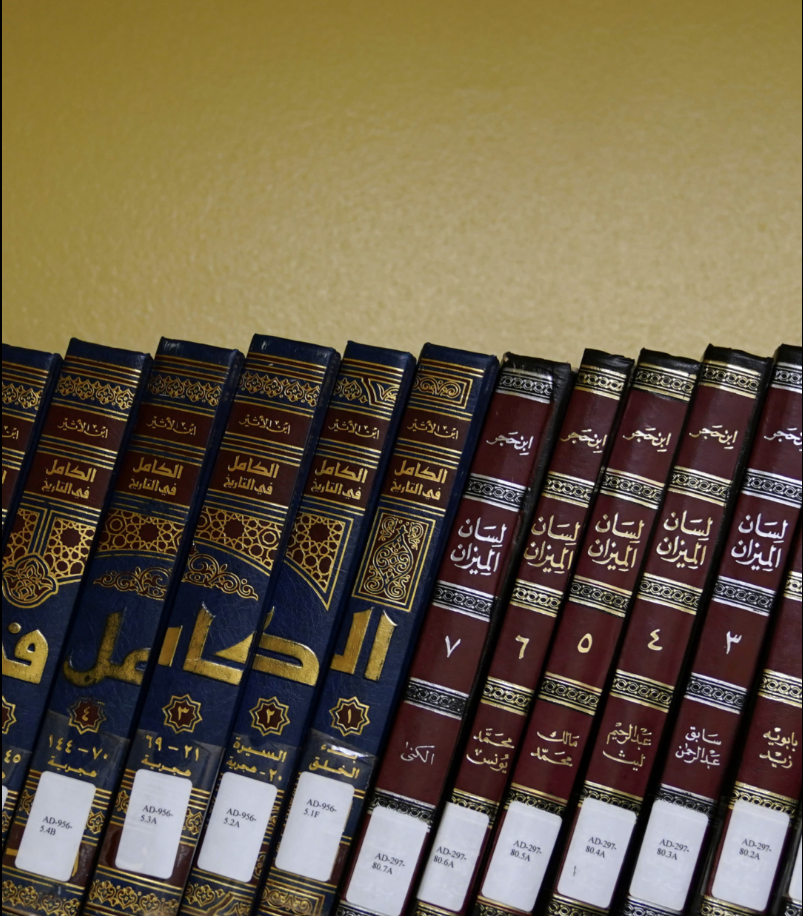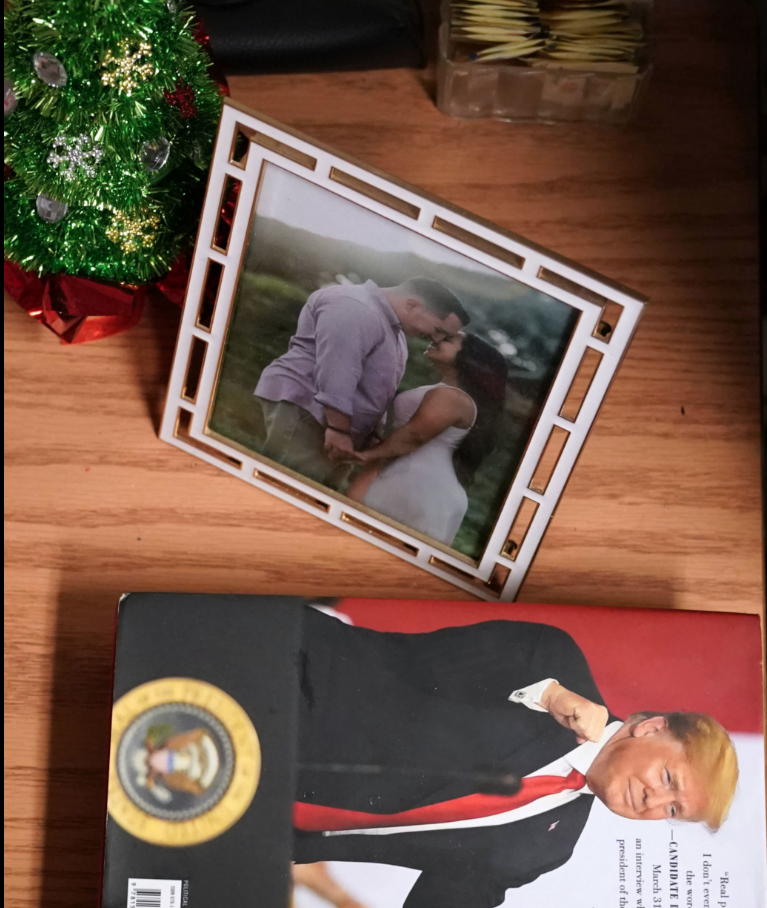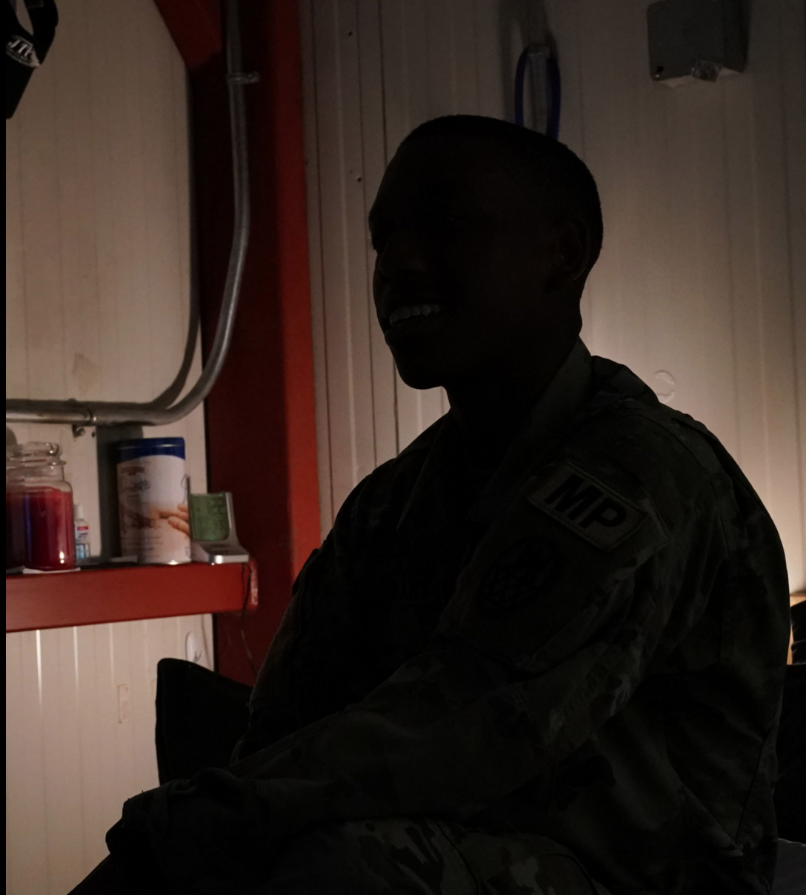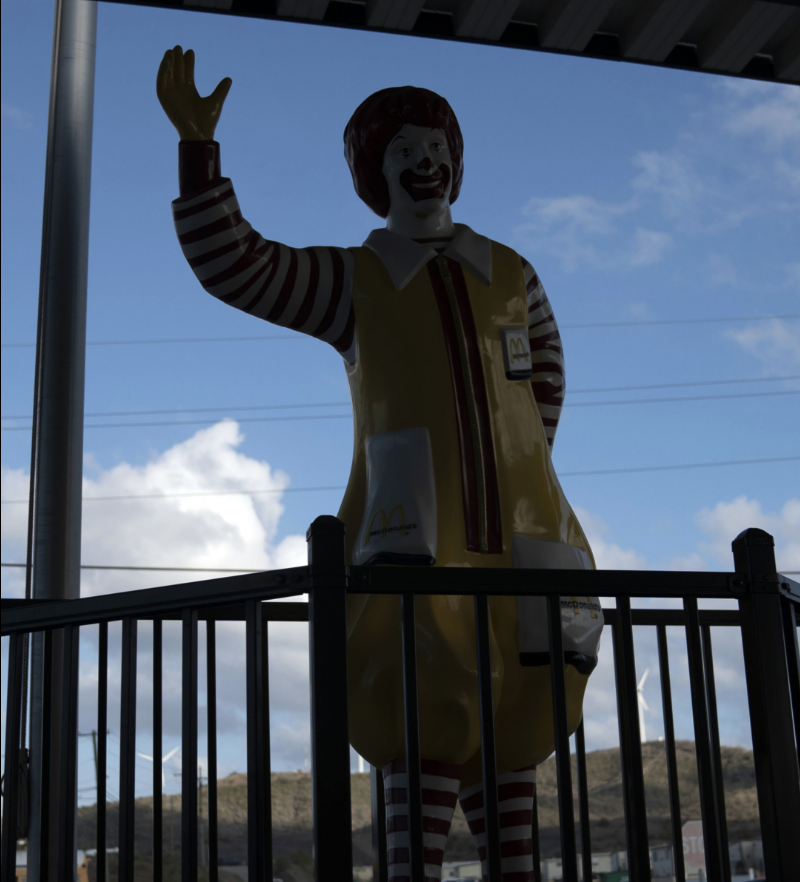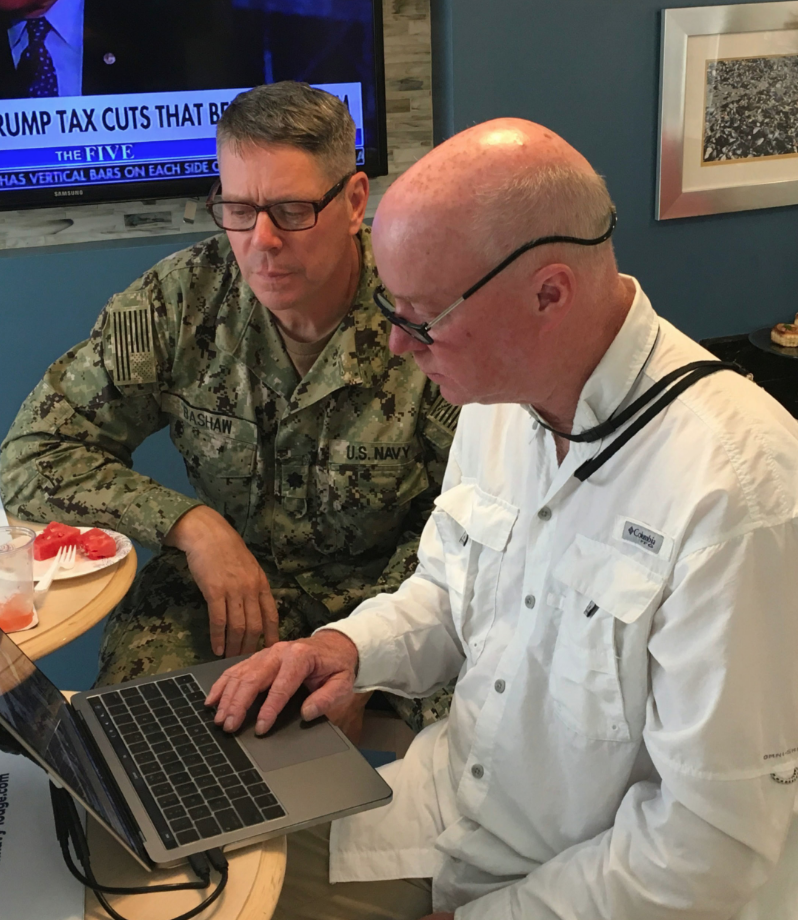July 18, 2019 | The New York Times
By
Carol Rosenberg. Images by Doug Mills.
Carol Rosenberg's project for The New York Times and the Pulitzer Center delves into the conditions of the prison at Guantánamo Bay and the experiences of its detainees. This series of photographs by Doug Mills was produced by Rebecca Lieberman and Marisa Schwartz Taylor. View the full interactive experience on The New York Times website.
